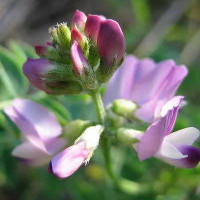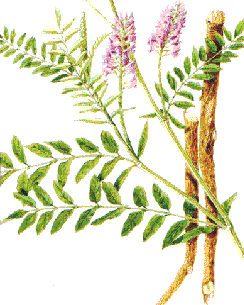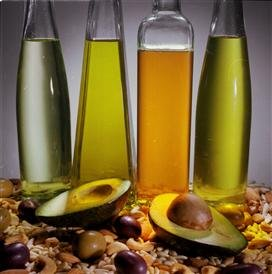
One of the keys to living a Primo Healthy life is having a healthy brain.
We don't often think of our brain as being important in keeping the rest of our body healthy,...
Astragalus (Astragalus membranaceous)
By Art Presser, PharmD - President, Huntington College of Health Sciences
 Background:
Background: Astragalus comes to us from Traditional Chinese Medicine (TCM), where it is first mentioned in Shen Nung Ben Cao Jing, a 2000- year-old classic as Huang Qi. Huang Qi means “yellow leader,” and astragalus is considered a most important tonic. Traditional uses include lethargy, colds, flu, appetite (lack of), stomach ulcers, and deficiencies of chi (namely, general weakness and fatigue). Other Chinese uses include diabetes, lowering blood pressure, and water retention.
The plant is native to northern China where the 4-7 year old roots are harvested in the spring to make medicine preparations. There are over 2000 types of Astragalus worldwide, but it seems that the Chinese variety has been the most studied. Astragalus gummifera, also known as tragacangth, is an old friend of the pharmaceutical industry, long used as a thickening agent.
Widely known as an energy tonic in China, Astragalus is fast becoming as well known in the West as an immune strengthening agent, or what the Chinese call “protective energy.”
The root of Astragalus contains a long list of tongue twisting phytochemicals. Of note are a series of cycloartane triterpene glycosides called astragalosides, a variety of polysaccharides with names like astragalen, and isoflavone glycosides, which some manufactures use as a standardizing chemical despite reports of biological activity. A typical standard should be not less than .4% 4-hydorxy 3- methoxyisoflavone.

Current interest, while not limited to, are centered around Astragalus’ adaptogenic and immune building qualities. The Chinese use it as a classic energy tonic, often in place of Ginseng for people under 40 years of age. Many TCM experts find Ginseng may be too stimulating for younger adults. I guess us old farts can just hold our Ginseng a little better.
I personally use an Astragalus-containing Chinese resistance builder during the cold and flu season. While not considered an herb for acute illness, Astragalus nonetheless is a valuable “wellness” botanical.
Many forms of Astragalus are available commercially. Most standardized extracts call for doses of 500mg two to three times daily. Dried root preparations might require dosages upwards of 4 grams daily.
Smart SupplementationTM is a free series of educational literature created by Huntington College of Health Sciences (HCHS) as a public service. Although copyrighted, it may be freely photocopied and distributed, but may not be altered in any way. Smart SupplementationTM is not intended as medical advice. For diagnosis and treatment of any medical condition, consult your physician.

We don't often think of our brain as being important in keeping the rest of our body healthy,...
